2006 Ford E-150 Brake Rotors and Pads
Click here to search another vehicle
All Rotors:
OEM x
Coated x
Drilled, Slotted and Coated x
Front x
Rear x
All Pads:
Ceramic x
Semi-metallic x
Front x
Rear x
Found 7 record
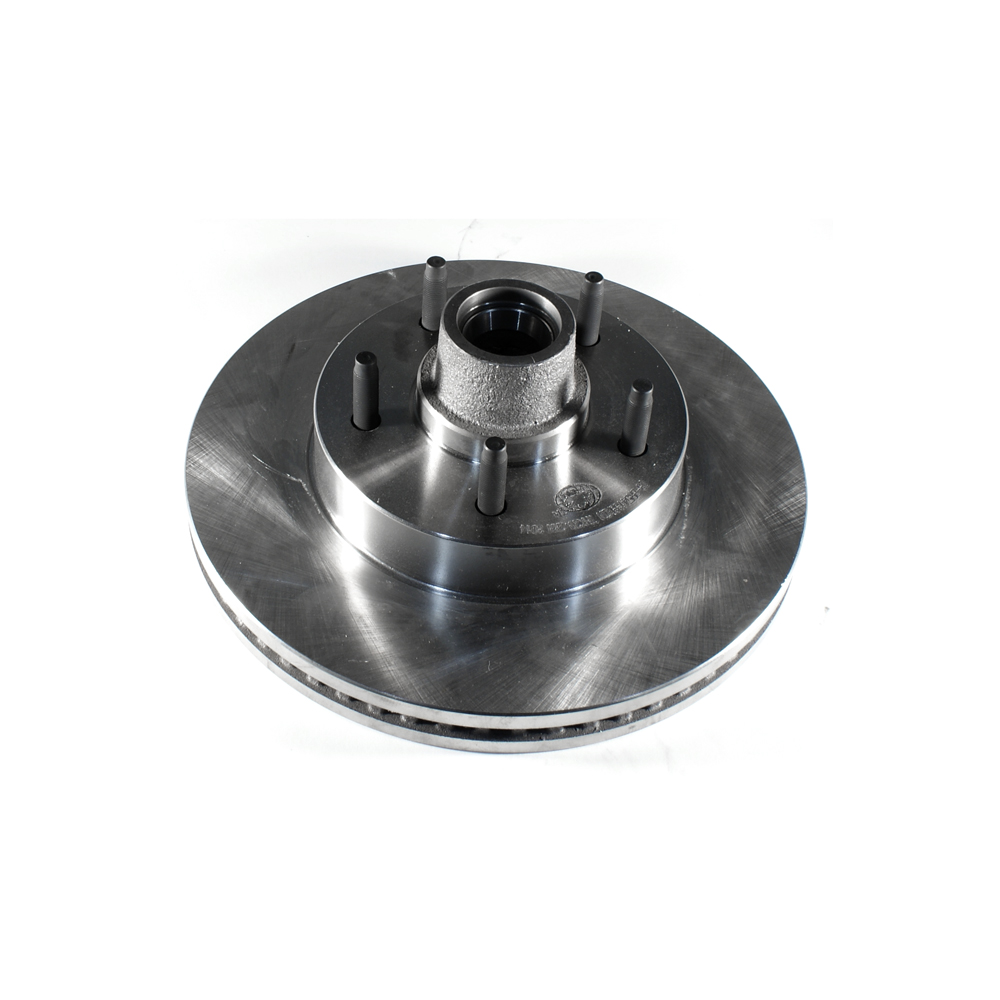
Part No: BR54133
Raybestos: 680320
OE: 4C2Z1102AA
Raybestos: 680320
OE: 4C2Z1102AA
$110.92 each
Per Car QTY: 2
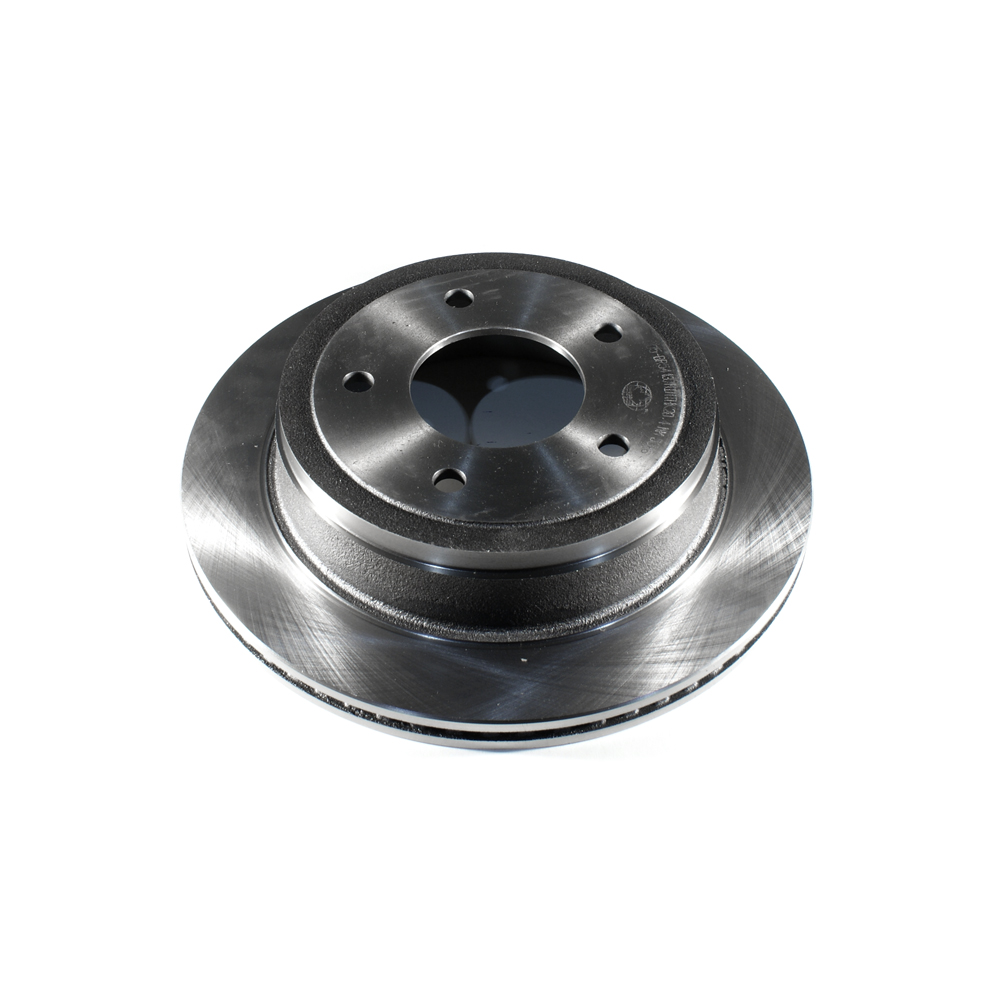
Part No: BR54137
Raybestos: 680363
OE: 4C2Z2C026AA
Raybestos: 680363
OE: 4C2Z2C026AA
$51.46 each
Per Car QTY: 2
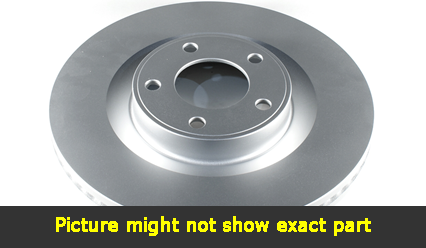
Part No: PP54137
Raybestos: 680363
OE: 4C2Z2C026AA
Raybestos: 680363
OE: 4C2Z2C026AA
$65 each
Per Car QTY: 2
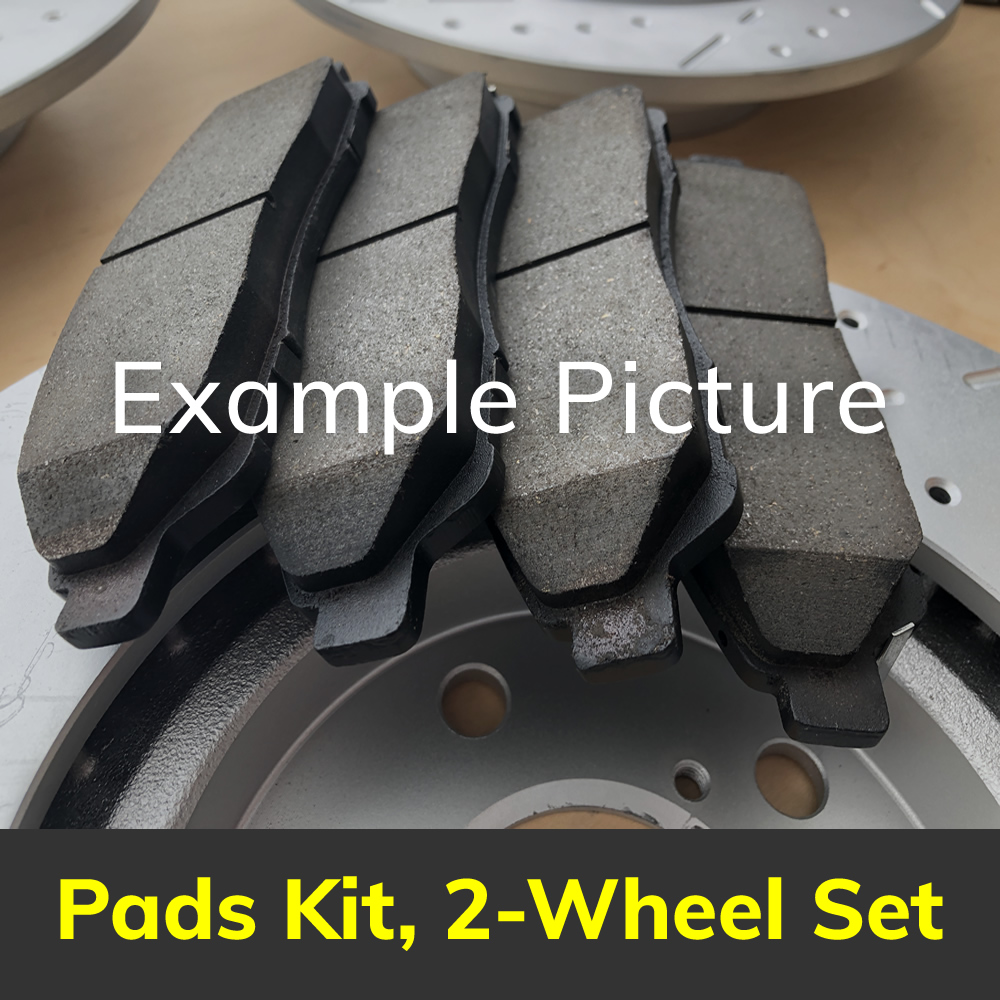
Part No: PD1045C
Raybestos: 1045
OE:
Raybestos: 1045
OE:
$42.75 each
Per Car QTY: 1
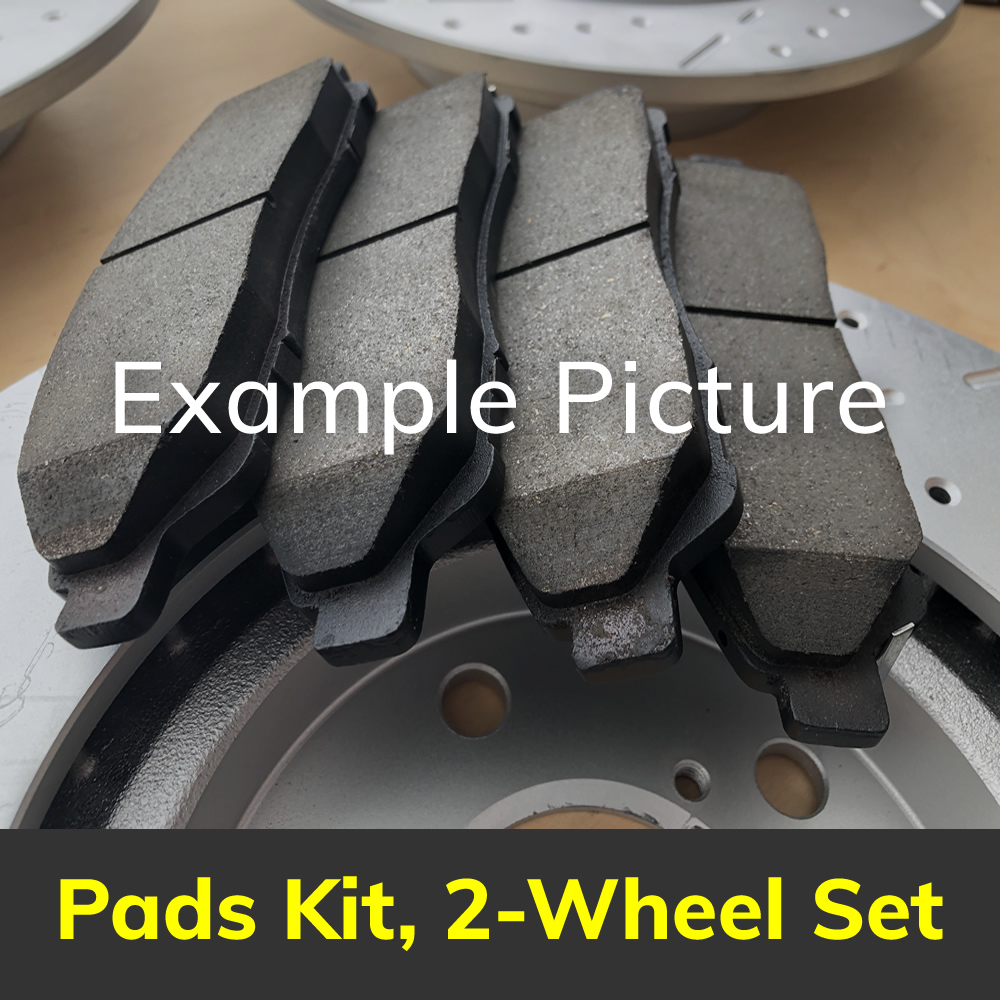
Part No: PD1046C
Raybestos: 1046
OE:
Raybestos: 1046
OE:
$43 each
Per Car QTY: 1
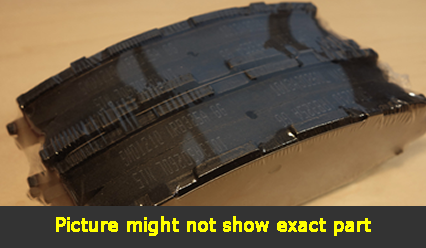
Part No: SMD1045
Raybestos:
OE:
Raybestos:
OE:
$28.35 each
Per Car QTY: 1

Part No: SMD1046
Raybestos:
OE:
Raybestos:
OE:
$25.88 each
Per Car QTY: 1
The brakes on your 2006 Ford E-150 are a critical component of your vehicle's safety system. If it's time to replace your brakes, choosing the right ones can make a notable difference in terms of performance and durability. To help you make an informed decision, this article will guide you through the process of selecting brakes for your 2006 Ford E-150.
1. Identify your driving needs: Understanding your driving habits and needs is essential in choosing the right type of brakes. Are you mostly driving in the city or on highways? Do you frequently haul heavy loads or tow trailers? Identifying your driving conditions will determine the type of brake system best suited to your needs.
2. OEM or aftermarket: Consider whether you prefer OEM (Original Equipment Manufacturer) brakes, which are the same as the ones installed at the factory, or aftermarket brakes, which are produced by third-party manufacturers. OEM brakes can provide a direct fit and familiar performance, while aftermarket options may offer a broader range of choices and potentially improved features.
3. Brake pad material: Brake pads come in various materials, each offering different advantages. The most common options include:
a. Semi-metallic brake pads: Offering good overall performance, semi-metallic brake pads are durable and provide excellent stopping power, but they tend to create more dust and can produce slightly more noise.
b. Ceramic brake pads: Known for their quiet operation, low dust, and smooth performance, ceramic brake pads are a popular choice. They also generally have a longer lifespan than semi-metallic pads. However, they may be slightly more expensive.
c. Organic brake pads: Made from natural materials such as glass and rubber, organic brake pads provide a quiet operation and less wear on the brake rotors. However, they may have a shorter lifespan and are not ideal for heavy-duty applications.
4. Brake rotors: When choosing brake pads, it's also important to evaluate your brake rotors. If your rotors are still in good condition, you may only need to consider brake pad replacements. However, if your rotors are worn, damaged, or warped, it's recommended to replace them as well for optimal braking performance.
5. Consider your budget: While it's essential to prioritize safety and performance, your budget is also a crucial factor. Determine how much you are willing to spend on your brake replacement. Remember that premium brake pads and rotors may have a higher initial cost, but they can ultimately save you money by lasting longer and minimizing maintenance needs.
6. Read customer reviews: Take the time to research and read customer reviews about the specific brake pads and rotors you are considering. This will provide insights into real-world experiences and help you make an informed decision.
7. Consult with professionals: If you're unsure about the best brakes for your 2006 Ford E-150 or need further guidance, consult with a trusted mechanic or brake specialist. They can recommend the most suitable options based on your driving needs and budget.
By following these steps and considering the factors mentioned, you'll be able to make an informed decision when choosing brakes for your 2006 Ford E-150. Prioritizing safety, performance, and durability will ensure optimal braking performance and enhance your overall driving experience.
1. Identify your driving needs: Understanding your driving habits and needs is essential in choosing the right type of brakes. Are you mostly driving in the city or on highways? Do you frequently haul heavy loads or tow trailers? Identifying your driving conditions will determine the type of brake system best suited to your needs.
2. OEM or aftermarket: Consider whether you prefer OEM (Original Equipment Manufacturer) brakes, which are the same as the ones installed at the factory, or aftermarket brakes, which are produced by third-party manufacturers. OEM brakes can provide a direct fit and familiar performance, while aftermarket options may offer a broader range of choices and potentially improved features.
3. Brake pad material: Brake pads come in various materials, each offering different advantages. The most common options include:
a. Semi-metallic brake pads: Offering good overall performance, semi-metallic brake pads are durable and provide excellent stopping power, but they tend to create more dust and can produce slightly more noise.
b. Ceramic brake pads: Known for their quiet operation, low dust, and smooth performance, ceramic brake pads are a popular choice. They also generally have a longer lifespan than semi-metallic pads. However, they may be slightly more expensive.
c. Organic brake pads: Made from natural materials such as glass and rubber, organic brake pads provide a quiet operation and less wear on the brake rotors. However, they may have a shorter lifespan and are not ideal for heavy-duty applications.
4. Brake rotors: When choosing brake pads, it's also important to evaluate your brake rotors. If your rotors are still in good condition, you may only need to consider brake pad replacements. However, if your rotors are worn, damaged, or warped, it's recommended to replace them as well for optimal braking performance.
5. Consider your budget: While it's essential to prioritize safety and performance, your budget is also a crucial factor. Determine how much you are willing to spend on your brake replacement. Remember that premium brake pads and rotors may have a higher initial cost, but they can ultimately save you money by lasting longer and minimizing maintenance needs.
6. Read customer reviews: Take the time to research and read customer reviews about the specific brake pads and rotors you are considering. This will provide insights into real-world experiences and help you make an informed decision.
7. Consult with professionals: If you're unsure about the best brakes for your 2006 Ford E-150 or need further guidance, consult with a trusted mechanic or brake specialist. They can recommend the most suitable options based on your driving needs and budget.
By following these steps and considering the factors mentioned, you'll be able to make an informed decision when choosing brakes for your 2006 Ford E-150. Prioritizing safety, performance, and durability will ensure optimal braking performance and enhance your overall driving experience.


